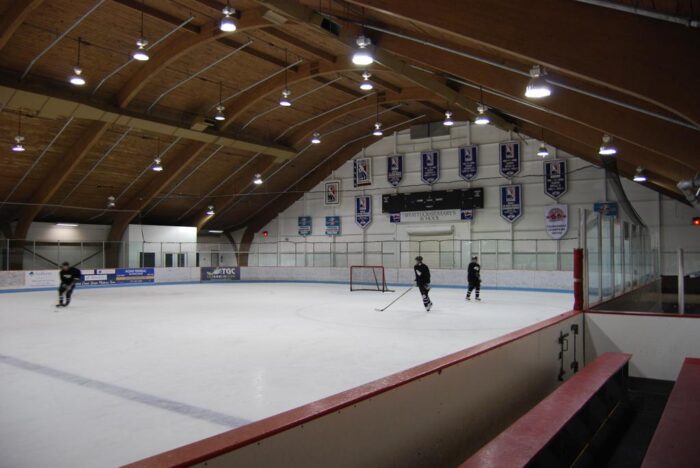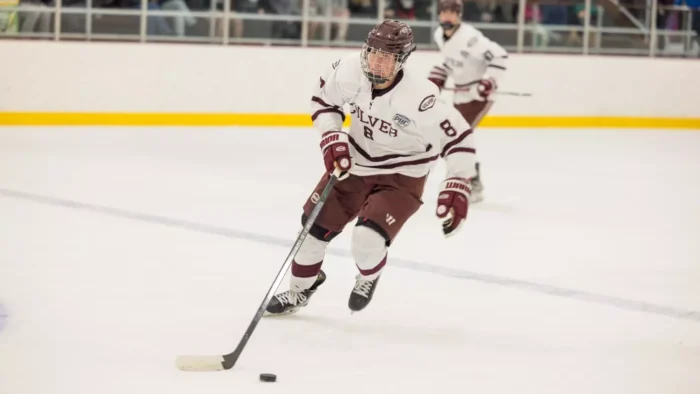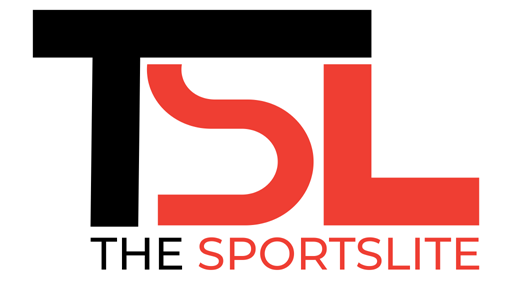Youth hockey in the United States has never felt stronger. USA Hockey’s 2024–25 registration report shows 577,864 total players, including 396,525 youth players. The growth is steady across several age groups, with a noticeable rise in girls’ and women’s hockey.
Families are chasing better coaching, better structure, and a path that feels both serious and healthy. That surge has created a crowded market of programs calling themselves academies. Some truly operate like high-performance development engines.
Others are traditional boarding schools with deep histories and strong pipelines. A few are national training hubs that function like academies, even if they avoid the label.
The goal here is simple. Today, we will provide families with a practical guide that reflects real infrastructure, real competition, and real track records. No hype. No sales pitch. Just how the top programs in the country actually operate and who they fit best.
1. USA Hockey National Team Development Program – Plymouth, Michigan
If the question is strictly about maximizing elite American development, the NTDP sits at the top. It is not a pay-to-play setup. It is not a campus-style academy with marketing slogans and glossy brochures.
It is a national selection program created to gather the best U17 and U18 talent and develop it through a highly structured system.
What defines the NTDP
- Established in 1996, with operations later relocated to Plymouth
- Heavy investment in off-ice training, sports science, analytics, and video
- A rigorous competition model built around international events, USHL games, and select showcases
- A staff structure that mirrors a small professional organization
Who it fits
Players already operating at the top of the national pool. Athletes who thrive under pressure, rapid development cycles, and high scrutiny.
What families need to know
- You cannot buy your way into the program
- Education and daily life look different from a standard boarding school
- The pace is intense, and the expectations are non-negotiable
The NTDP works because it pushes already exceptional players in an environment designed to produce the next wave of NCAA, USHL, NHL, and international performers.
Many families also look for training tools that help players build consistent shooting habits at home, and a hockey shooting tarp can be a smart addition for athletes who want extra reps.
2. Shattuck-St. Mary’s Hockey Center of Excellence – Faribault, Minnesota

Shattuck-St. Mary’s is one of the purest hockey-centered boarding environments in the country. Everything from schedule design to facility layout reflects the school’s commitment to training volume and structure.
Program features
- Seven-month season
- Fifty to sixty-five games, including frequent travel in the U.S. and Canada
- On-ice sessions five to seven days a week
- Year-round strength program
- Two NHL regulation rinks, a 3v3 rink, a large training center, and substantial video resources
- Recent U18 national championships in 2022, 2023, and 2024
Cost structure
- Domestic boarding tuition for 2025–26: $63,500
- Hockey Center of Excellence fee: $10,000
Who it fits
Players who want a hockey-first lifestyle with a predictable rhythm. Families who are comfortable with long travel stretches and a demanding schedule.
What to ask
- How do they manage overuse and recovery
- How injuries are handled
- How periodization works across the season
A high game load can help or hurt, depending on how the training staff manages the physical side.
3. Culver Academies – Culver, Indiana

Culver offers a full boarding ecosystem with a strong academic structure, leadership framework, and athletic depth. Hockey fits into that broader campus identity.
Key points
- Tuition, room, and board for 2025–26: $67,000
- Multiple hockey levels, including U18 Prep and U16
- A wider athletics culture that produced 38 college commitments across sports in 2024–25
Who it fits
Families who want a structured, traditional boarding-school education paired with high-performance hockey.
What to ask
- Projected role and ice time on your player’s specific team
- How the school manages academics during heavy travel periods
4. South Kent School – South Kent, Connecticut

South Kent blends boarding-school structure with a competitive AAA and prep model. Its hockey pathway is built with NCAA and junior visibility in mind.
Notable features
- Hockey positioning focused on development toward NCAA, USHL, CHL
- Players frequently appear on NHL Central Scouting lists
- Clear communication around recruiting exposure
Who it fits
Players who want a more explicit bridge to juniors with a tight academic-hockey structure.
What to ask
- Placement outcomes broken down by position and age
- How mental performance and recovery are handled
- How heavily the schedule leans on travel
5. Northwood School – Lake Placid, New York
Northwood has a long prep hockey reputation and sits in one of the most historically rich hockey environments in the country.
Program structure
- Forty to fifty games each year
- Extensive travel throughout the U.S. and Canada
- Partnership with the Prep Hockey Conference
- Strong internal culture built around competition and tradition
Who it fits
Players who need frequent games and want a classic academic setting in a hockey-heavy town.
What to ask
- How they protect academic balance during the busiest months
- How they structure strength and conditioning during the season
6. Mount Saint Charles Hockey Academy – Woonsocket, Rhode Island
Mount Saint Charles uses the academy label directly and aims to provide full-throttle development with an emphasis on competitive success.
Program highlights
- Three national championships across recent seasons
- Thirty-four NHL draft picks
- Six on-ice days per week
- A long competitive history with substantial recognition
Who it fits
Players who want a branded academy identity and families who like heavy training volume.
What to ask
- Specific weekly training breakdowns
- How different team levels vary in competition quality
- How academic support works during peak travel periods
What “Best” Should Mean for Your Player
A program can look incredible online and still be the wrong fit. Use concrete categories.
Coaching quality
- How many practices actually focus on skill development
- Whether goalies and defensemen get position-specific attention
- How skills progress across the season
Ice time
- Ask for last season’s roster size
- Ask for the typical game roster size
- Ask where your player realistically slots
Strength and recovery
- Who runs the strength program
- How injuries are handled
- Whether they apply a return-to-play protocol
Competition clarity
AAA and prep labels vary. Ask for a list of opponents from the last season to see the real level.
Recruiting realism
NCAA rosters remain limited even with scholarship model changes. College Hockey Inc. has outlined the evolving structure, including potential increases in scholarship flexibility for Division I men’s hockey. Families should treat development and education as priority one.
The Tie Between Academies and Juniors
USA Hockey identifies the USHL as the only Tier I junior league in the country. Many academies advertise a pipeline toward USHL, NAHL, or CHL. The important point:
A strong academy builds habits, strength, and hockey maturity. It creates exposure by placing players in the events and leagues scouts already watch. No academy can guarantee advancement. They can only position players well.
Final Thoughts
Hockey development in the United States keeps evolving. More players. Better coaching. Stronger programs.
The academies listed above continue to stand out because they offer structure, competition, and real developmental value.
The right choice depends on your player’s temperament, academic needs, geographic flexibility, and readiness for a serious daily workload.
Pick the program that fits the person, not the logo.

